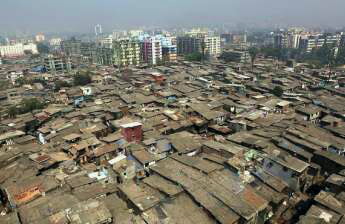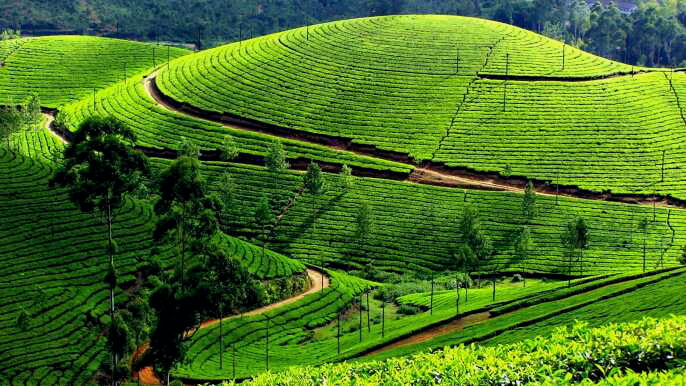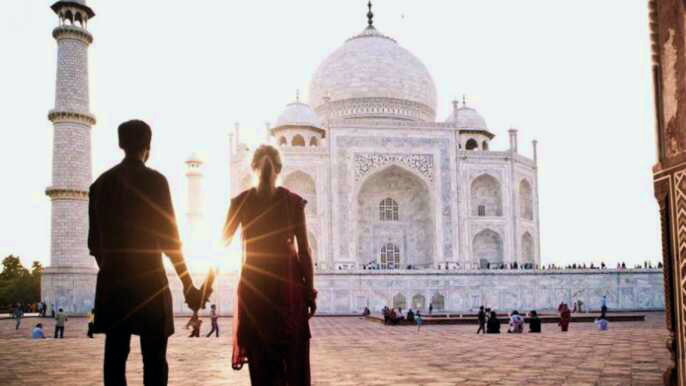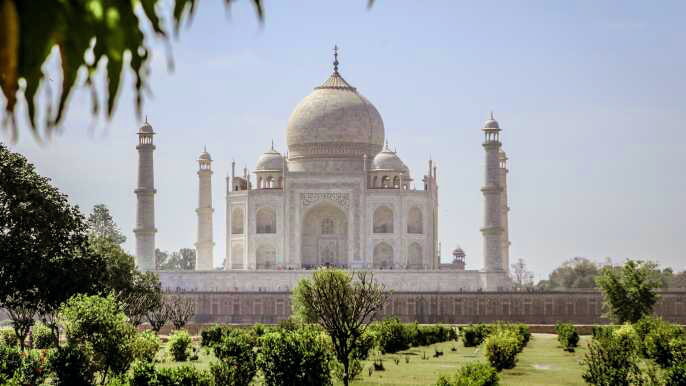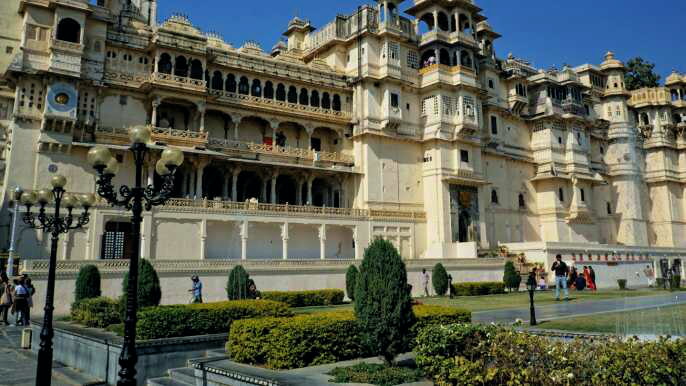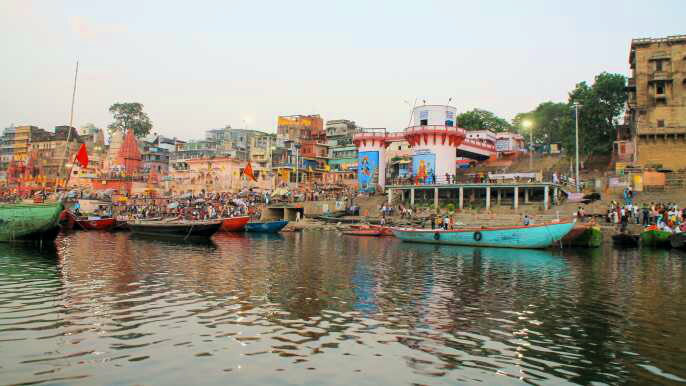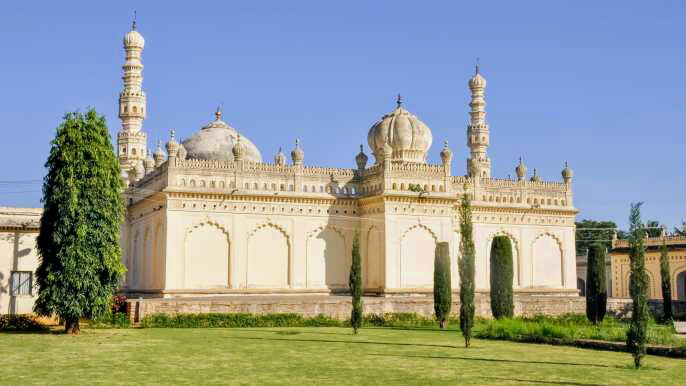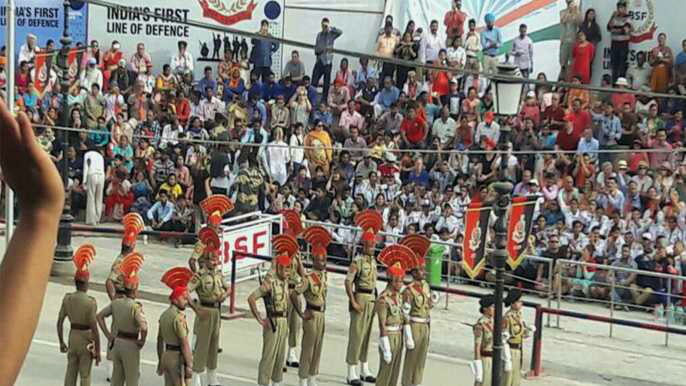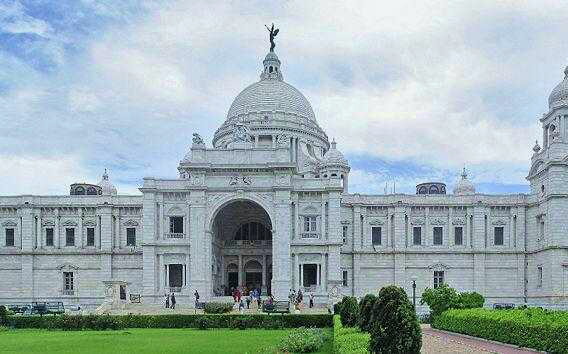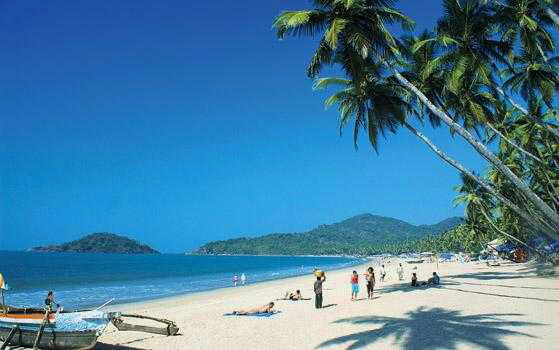Mumbai is home to a wide range of fun things to see and to do. From visiting historical monuments to going clubbing, there are plenty of opportunities to make the most of your time in this pulsating city.
One of the best ways to experience Mumbai is by taking a cruise down Marine Drive, a 3.6-kilometer-long, C-shaped boulevard that winds its way along the sea coast.
Marine Drive
A walk along Marine Drive is an essential Mumbai experience. This 3.6-kilometre seaside promenade is known as “The Queen’s Necklace” due to its glowing string of street lights.
The promenade is also a popular spot for couples to spend quality time together. The wide footpath is perfect for a stroll and has several cafes and pubs to choose from.
In 2018, the long stretch of Art Deco buildings that line this 2.7-km stretch was declared a World Heritage Site by UNESCO. It’s one of Mumbai’s most iconic attractions and it’s a great place to enjoy the city’s famous sunsets.
Originally built in 1915 on reclaimed land, Marine Drive was quickly embraced by the wealthy. Silver screen stars, Parsi immigrants and wealthier Hindu families flocked to the boulevard, constructing Art Deco structures alongside it.
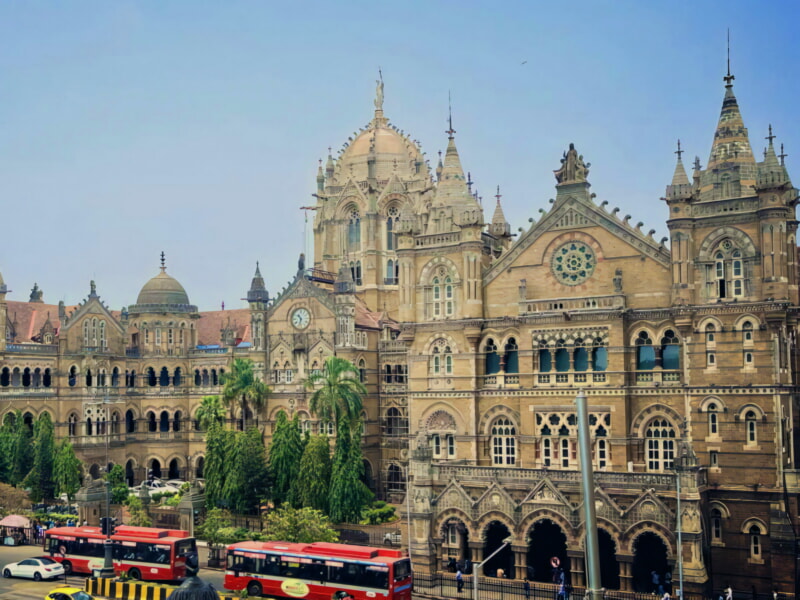
Chhatrapati Shivaji Maharaj Terminus
A UNESCO World Heritage Site, Chhatrapati Shivaji Maharaj Terminus is one of the most imposing railway stations in Mumbai. It reflects the Victorian-Gothic style of architecture and has become a prominent part of the city’s identity.
The railway station is an edifice that symbolically connects Indian and British history. Built in 1887, the structure is a blend of Gothic and traditional Indian designs.
It’s one of the busiest railway stations in India and it serves as a terminal for both long distance trains as well as local trains.
The structure was designed by Frederick William Stevens and influenced by the Victorian Italian Gothic revival styles. It was constructed to celebrate Queen Victoria’s golden jubilee and it is considered an outstanding example of 19th century railway architecture in the British Commonwealth.
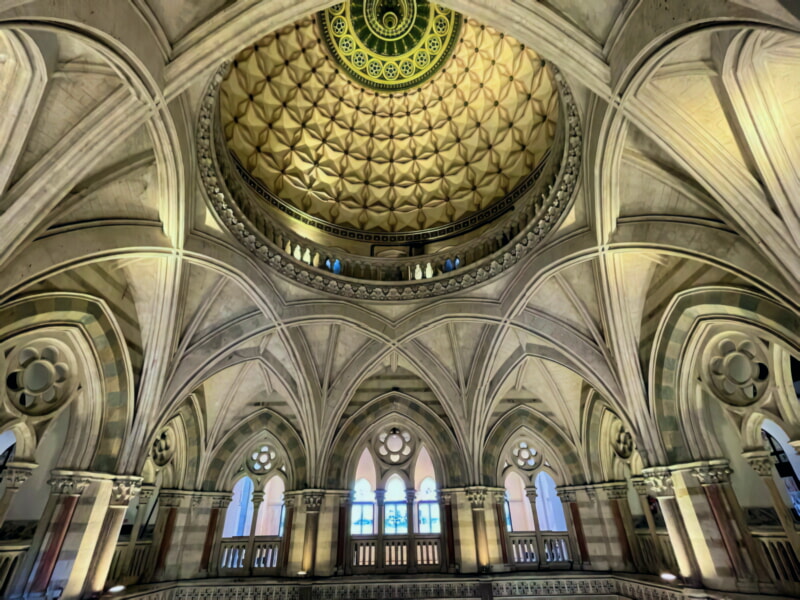
Elephanta Caves
Elephanta Caves, previously known as Gharapuri Island, are a must-visit for tourists visiting Mumbai. Located approx 10 kilometers into the city’s harbor, this complex of rock-cut cave temples dates back to the second century BC and is hewn from solid basalt stone.
The complex is a combination of Hindu and Buddhist caves. The five Hindu caves display stone sculptures depicting various aspects of Indian mythology like ’Trimurti’ or three-headed Shiva, ‘Gangadhar’ or manifestation of the river Ganga as it descends to earth and ’Ardhanarishvara’ which is a representation of Shiva and Parvati in one body.
To reach the caves, you can take a ferry from the Gateway of India to Elephanta Island Pier. There, you can walk along the jetty or take a toy train for Rs10. Next, you climb a stone-paved stairway, which is about 120 steps.
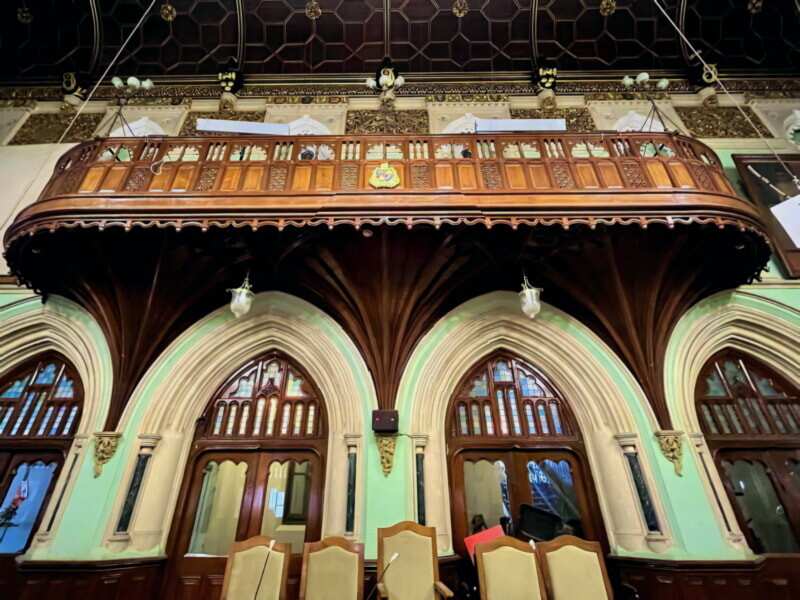
Jehangir Art Gallery
The Jehangir Art Gallery in Mumbai is a must-visit for those who love art. It exhibits a variety of modern Indian art and offers a fascinating cultural perspective.
- Founded in 1952 by Sir Cowasji Jehangir, the Jehangir Art Gallery is one of India's most prominent art galleries. It houses works by renowned artists, such as M.F. Husain and S.H. Raza, who played a vital role in the evolution of India's contemporary arts movement.
- For many years, Jehangir Art Gallery was a regular haunt for aspiring and struggling artists. Located off the bustling Kala Ghoda thoroughfare, it has played an important role in fostering India's rich artistic heritage.
- Today, it is a popular cultural hub, and hosts exciting lectures, workshops and over 300 shows each year. The museum also organizes the annual Kala Ghoda Arts Festival in February, which is a spectacular affair with musical performances, dance shows and book launches.
